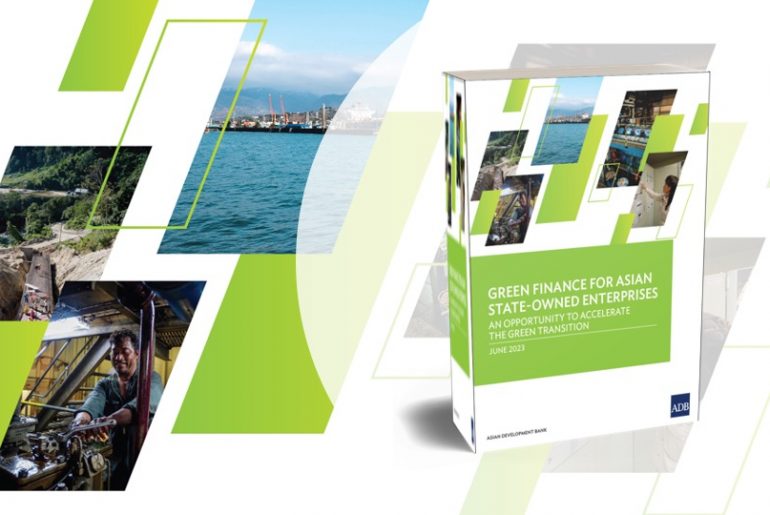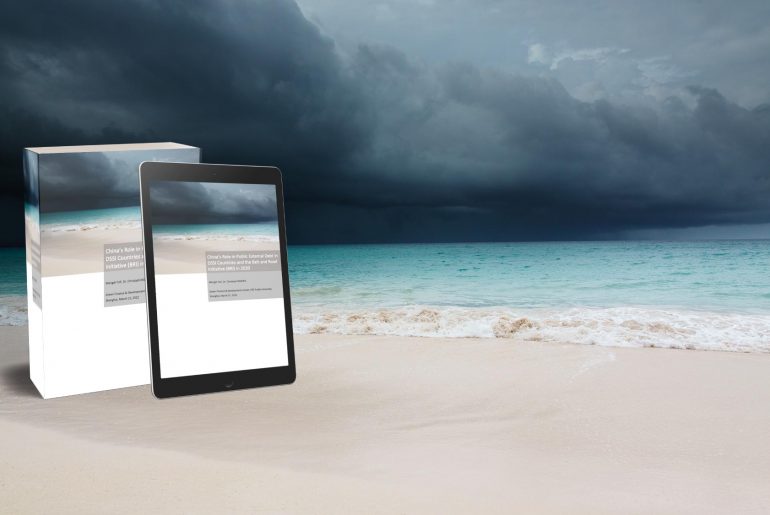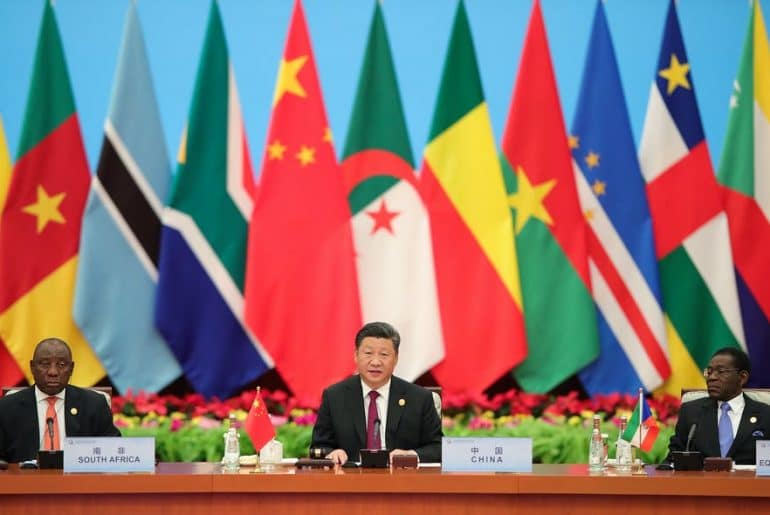Download report The world faces a dual environmental crisis through climate change and biodiversity loss. State-owned enterprises (SOEs) are in a unique position to take a leading role in confronting these challenges and shifting economic activity from polluting to green. This requires a shift in existing business models, particularly in…
The year 2022 saw much action in development finance. As we predicted in our last year’s outlook, development finance has become more strategic with financiers picking allies and partners to the disadvantage of global coordination.While all development finance initiatives promise to uphold multilateralism and while they all borrow language from UN…
Download report On November 16, 2022, the G20 meeting in Bali, Indonesia under Indonesia’s presidency concluded. The report on Innovative finance towards a low-carbon and climate-resilient future written by Christoph Nedopil and supported by UNDP, UNICEF, GGGI and NDC Partnership for the G20 Climate and Sustainability Working Group (CSWG) was…
*updated on April 26, 2022 to correct an error of overstating China’s debt suspension in 2020. Key findings The debt burden of the world’s low-income countries rose 12% to a record US$860 billion in 2020;About 60% of low-income countries are at high risk or already in debt distress, up from…
Highlights Renewable energy investments (solar, wind, hydro) constitute majority of Chinese overseas energy investments – increasing their share from 38% in 2019 to 57% in 2020 – amid a total decrease of BRI investments of 54% Key findings Chinese overseas investments into countries of the BRI were about US$47 billion…
On January 10th, the State Council Information Office (the administrative office under the State Council) published the White Paper on “China’s International Development Cooperation in the New Era” (中文版本). In 8 chapters, the paper summarizes China’s recent engagement in (generously) providing development assistance (intermixed with its overseas economic engagement) and…
The original article was published on Panda Paw Dragon Claw on 11th January, 2021 and has been updated on Jan 18, 2021. “When the tide goes out, you see who is swimming naked”! This is a quote coined by Warren Buffet about those who take on too much debt, believing…
Executive Summary How MDB Characteristics can Address the BRI’s Green Challenges through Financing Solutions, Coordination Activities, and Policy Support Simply put, global climate and environmental goals can only be met if they are an integral part of the development paths of BRI countries. This is true alone because BRI collectively…
MDBs are increasing their involvement in sustainable infrastructure finance by scaling up climate investments and by integrating social and environmental issues into their general financing requirements as a cross-cutting issue. Based on their characteristics MDBs can play a number of important roles in greening the BRI. For the context of…
How Multilateral Development Banks (MDB) Characteristics can Address the BRI’s Green Challenges through Financing Solutions, Coordination Activities, and Policy Support Simply put, global climate and environmental goals can only be met if they are an integral part of the development paths of BRI countries. This is true alone because BRI…









